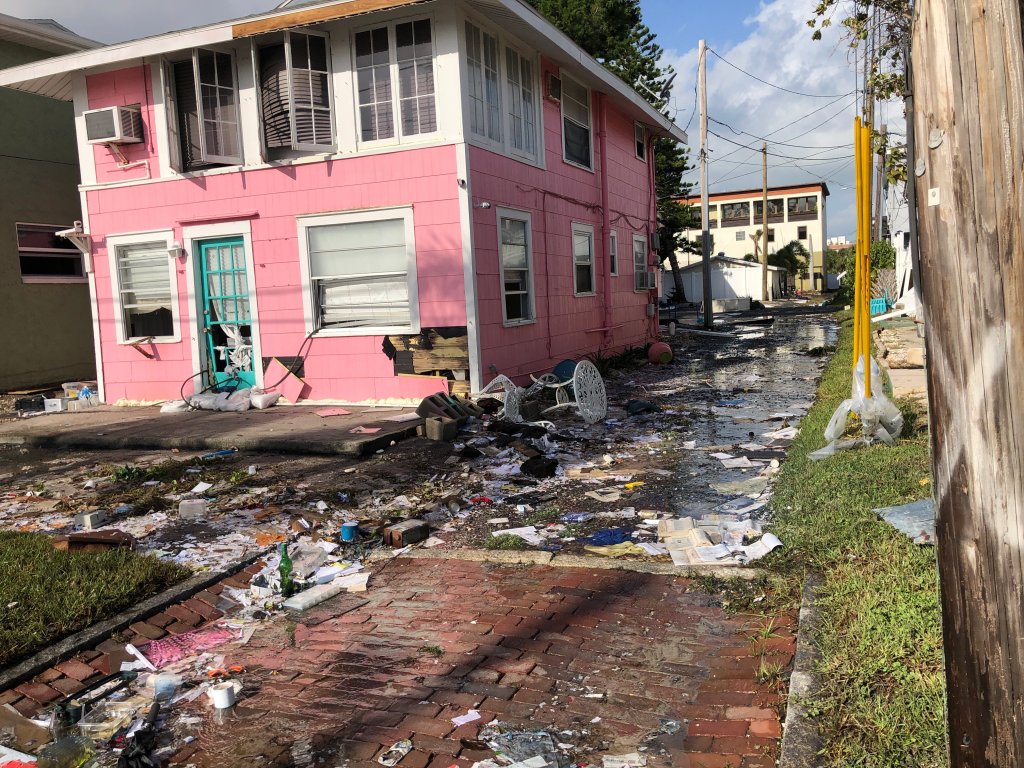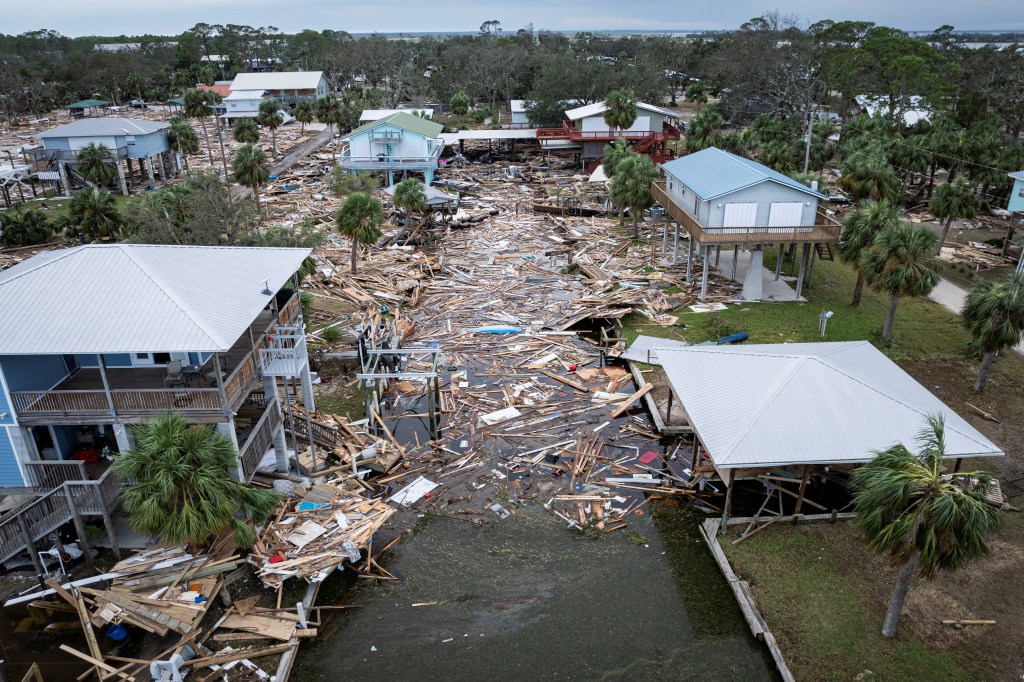The aftermath of Hurricane Helene is leaving behind a financial catastrophe, with insured losses reaching $6 billion and uninsured losses even higher.
Hardest hit are homeowners in North Carolina, where most properties did not have flood insurance. While federal flood zone maps may give homeowners a false sense of security, experts are now warning that the real danger extends far beyond those outdated designations, according to CNBC.
Thanks to new risk assessment technology from the First Street Foundation, the true scale of flood threats is becoming clearer. According to the firm, nearly 12% of homes in North Carolina are at risk of flooding — triple the amount determined by FEMA.

And now, those risk scores are available to anyone buying a home, as First Street has teamed up with real estate giant Zillow.
“Climate risks are now a critical factor in home buying decisions,” Zillow chief economist Skylar Olsen said in a statement. “We’re providing buyers and sellers with clear, property-specific climate data so they can make informed decisions.”
Zillow listings now show potential flood, fire, wind and heat risks for every home on the market, along with estimates of how those risks may increase in the next 15 to 30 years. Homebuyers are paying close attention, with over 80% of people now considering these risks when buying, according to Zillow.
Flooding, in particular, is listed as a top concern.
New First Street flood maps, which factor in factors like increased rainfall from heavy storms, are giving homeowners a clearer picture of what’s at risk.
“A lot of people think they’re safe from flooding if they’re not in a FEMA flood zone, and that’s definitely not true,” said Ed Kearns, chief science officer at First Street.
“Heavy rainfall can affect many, many people across the country, and there is no indication from the FEMA flood zone designation that you are at risk.”

The impact is already being felt in real estate markets.
A Zillow analysis found that more homes nationwide are listed with significant flood or fire risk than five years ago.
As risk scores become a critical tool for buyers, home values in the most affected areas are expected to take a hit. The rising cost of insurance is likely to play a large role in those price drops.
“I think that’s going to be the most direct impact of the home scores that quantify the risk,” Kearns added, “is that it may have a direct impact on real estate values, but a lot of that is going to pass through the amount of insurance needed to cover that home.”
#Hurricane #Helenes #billion #disaster #Flood #risk #map #leaves #homeowners #drowning #debt
Image Source : nypost.com